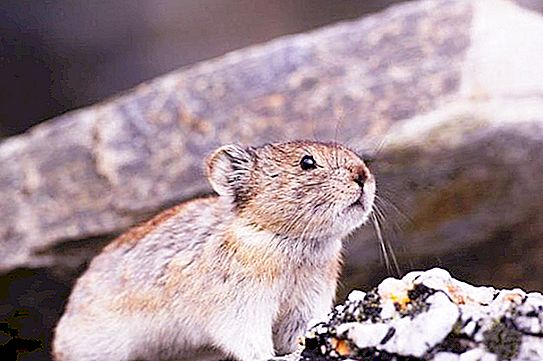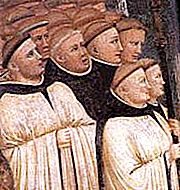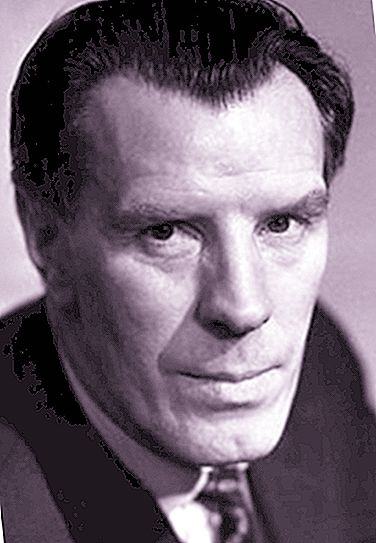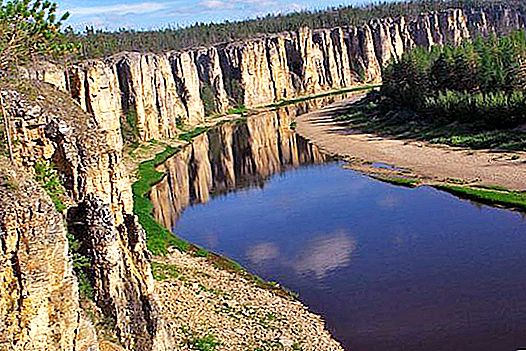The Yakhroma River is located in the Moscow Region. It is the right tributary of the Sestra River, on it are two relatively large cities - Dmitrov and Yakhroma. We will tell you in detail about the features of this river, its tributaries and hydrology.
Hydrology
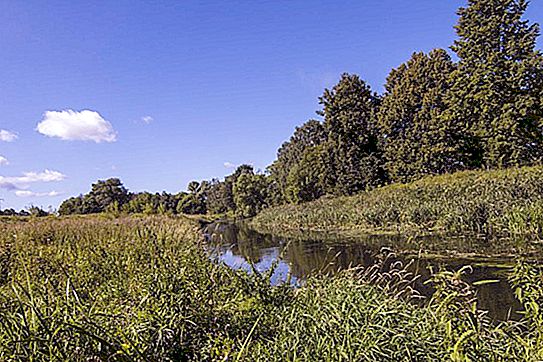
The Yakhroma River, before the construction of the Moscow Canal, had a length of 78 kilometers. It flows into the Sestra River near the village of Ust-Pristan. Currently, it is divided by a channel into two approximately equal parts. The upper one goes from the source to the Yakhroma reservoir, and to the north from the Tourist station, which belongs to the Savelovskaya railway. The lower part of the river begins in the western part of the canal, where water is discharged from the canal and merges with the waters of its two tributaries - Iksha and Volgushi.
The source of the Yakhroma river is located in the swamp area near the village of Martyankovo, located in the Pushkin district. After she walks along the slopes of the Klinsko-Dmitrov Ridge, flows through a narrow valley to the north of the region. In the Dmitrov area, she finds herself in a peaty hollow up to eight kilometers wide. In this basin peat lies at a depth of 14 meters, it was formed in the preglacial period, now it is called the Yakhroma floodplain. Researchers such valleys were called pradolin.
After about 25 kilometers downstream, the floodplain merges with the Sestra River valley, passing into the Upper Volga Lowland. The Yakhroma river itself is of the flat type, it receives food mainly from snows. It freezes around the month of November, and opens in March or April.
The mouth of the Yakhroma River is located in the vicinity of the village of Ust-Pristan, Dmitrovsky District, Moscow Region. It belongs to the Bolsherogachevsky rural district.
Since 1912, the drainage of the Yakhroma floodplain began. Three years later, an experimental research station began to function here, now it is the Dmitrov Department of the All-Russian Scientific Research Institute of Reclaimed Land. The work that was carried out at the station had a significant contribution to the study of the origin and properties of reclaimed peatlands.
Tributaries
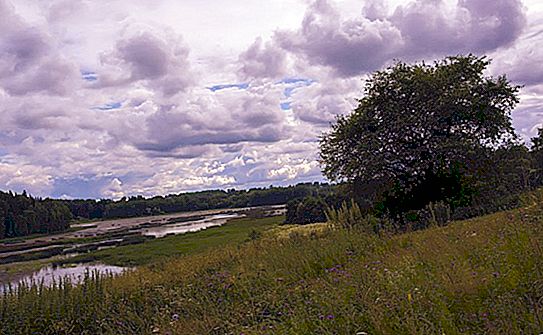
The Yakhroma River itself, the description of which is in this article, has several tributaries of different sizes. This is a 40-kilometer river Volgusha, which goes from Lake Nersky, flowing into Yakhroma in the vicinity of the station "Tourist".
The Ilyinka River flows two kilometers north of the village of Lugovoi. Its length is about 14 kilometers. Now it is mainly turned into a canal, but even in this state it remains attractive for tourists, thanks to the swamps stretching along its shores, as well as dense forests. But for visiting by land Ilyinka remains inaccessible almost all year round.
Another tributary is the Kamarikha River, which stretches from the village of Melikhovo to the intersection of the Yakhromoi Canal named after Moscow. Its total length is about 11 kilometers. Mostly Kamarikha is covered with moraine hills, wooded areas deeply cut into the valley create corners of nature almost untouched by man, which attracts a large number of tourists.
The Kukholka River is the right tributary of Yakhroma, flowing into it five kilometers north of the village of Gorshkovo. Numerous summer cottages of the Moscow Region are spread on the banks. In the southern part it flows through treeless wetlands. The kitchen is of no interest to tourists.
Sister River
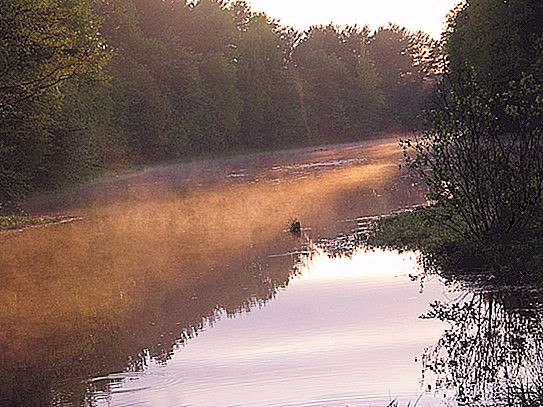
Yakhroma herself is a tributary of the Sister. This is a larger river flowing through the territory of the Klinsky, Solnechnogorsky, Dmitrovsky districts, as well as along the Tver region. In the suburbs it passes through the city of Klin, and in the lower reaches passes under the channel named after Moscow.
The total length of the river is about 138 kilometers, and the basin area is more than two and a half thousand square kilometers. The river receives mainly snow food. Yakhroma is its main tributary.
Local Attractions
On the banks of the Yakhroma River there are many attractions. However, for tourists of interest is exclusively the upper reaches of the river.
The fact is that after the canal the river flows through wetlands and is actually straightened by the canal. It enjoys some popularity among kayaking enthusiasts who, starting from the lower reaches of Yakhroma, go hiking in Dubna and Sestra.
Fishing
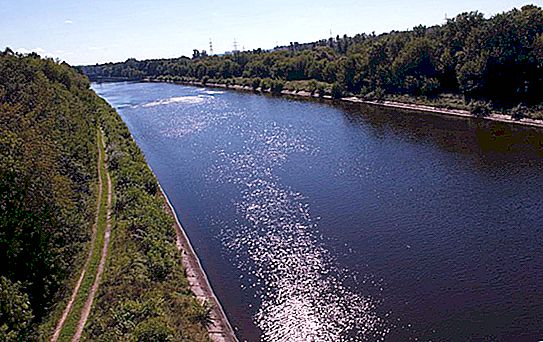
Fishing is extremely popular on the Yakhroma reservoir. It is quite shallow (average depth of about three meters), but quite extensive. Here, a wide variety of fish is found in large numbers. This is perch, roach, pike, bream - they regularly come here to feed from the Moscow Canal. Mostly small perch is found in Yakhroma, but the pike comes in very large, weighing up to three to four kilograms.
Mass biting here begins only with the first ice and during spring thaws. It is worth noting that, according to the new fishing rules in force on the Moscow Canal, in Yakhroma, spawning sites are considered to be the distance from the source to the mouth, as well as the Yakhroma reservoir itself, 50 meters deep into the water along the entire coastline. For this reason, recreational fishing in these places is strictly prohibited.
City of the same name
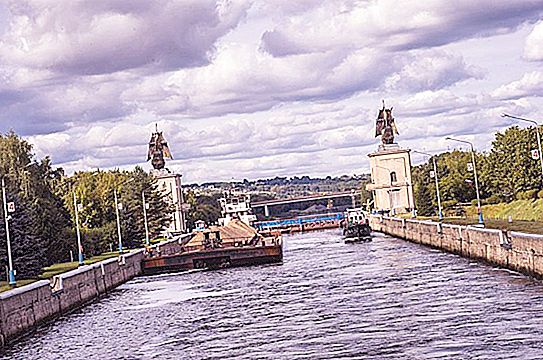
In the Dmitrovsky district, the Yakhroma River flows through the territory of the city of the same name. It is located 55 kilometers from Moscow, with a population of just under 15 thousand people. The bridge, located far from residential areas, is the only link between the two parts of the city.
It is believed that the name of the city and the river came from the expression "lake river" in the already extinct Merian language (a variety of Finno-Ugric dialect). It is noteworthy that there is an anecdotal version of the origin of the name. According to one of the toponymic legends, the name of the Yakhroma river was explained as follows. Once upon a time, the Grand Duchess, traveling through these places with Prince Vsevolod, stumbled, getting out of the wagon, shouting after this: "I am lame."
Since the beginning of the 2000s, in the Yakhroma itself and on the bank of the river, which our article is devoted to, the boom of cottage construction has begun.
Port on the channel
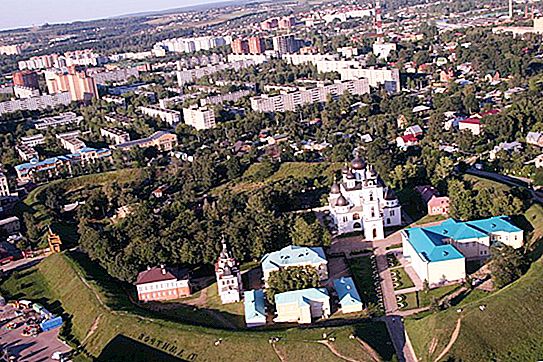
Also on Yakhroma is Dmitrov, which is also a fairly large port on the Moscow Canal. It is located 65 kilometers from the capital, about 68 thousand people live in it.
In the Yakhroma Valley, Dmitrov was founded by Prince Yuri Dolgoruky back in 1154. Previously, there were Slavic settlements. It got its name in honor of the son of a prince born in the same year, Vsevolod the Big Nest (at baptism, he received the name Dmitry).
There are several iconic buildings near the river. For example, one of the earliest examples of a stone residential building is the house of the merchant Titov, built in the style of classicism. When he appeared, it is not known exactly, but the building can already be found on Dmitrov’s plan from 1800. It is located between the canal and Yakhroma, in the second half of the 19th century the house belonged to the mayor Yemelyanov.
But behind the Yakhroma river there used to be a manor of the Tolchenovs grain merchants, merchants of the first guild. Only the house built by Osipov’s project in 1788, the outbuilding and the remains of the garden have survived to this day. The estate is also known as the Tugarinov house, so it began to be called after it was sold to a merchant with this name. In the middle of the XIX century it fell into decay, the outbuilding and the house were restored only in the 60-70s of the XX century.
Water system
The water system into which this river enters can be considered quite extensive. Falling into the Sestra River, it carries its waters to Dubna, from there it flows into the Volga, and then into the Caspian Sea.

